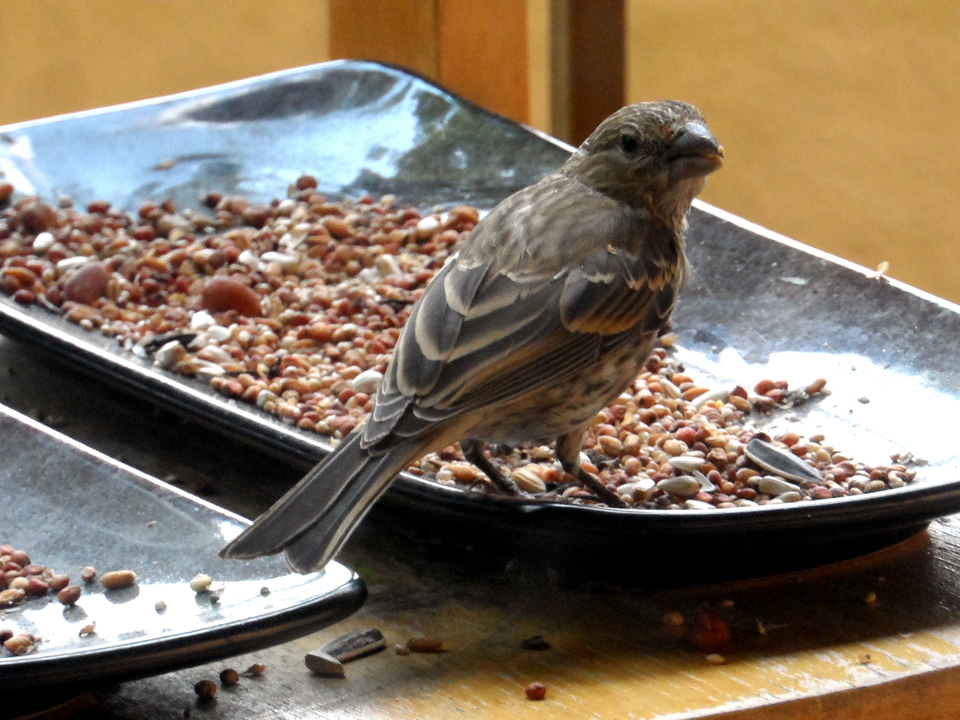Feed The Monsters
A Guide To Backyard Bird-Feeding


The classic “peanut butter pine cone” trick
J. Grisham

J. Grisham
Latest Article|September 3, 2020|Free
::Making Grown Men Cry Since 1992


The classic “peanut butter pine cone” trick
J. Grisham

J. Grisham
